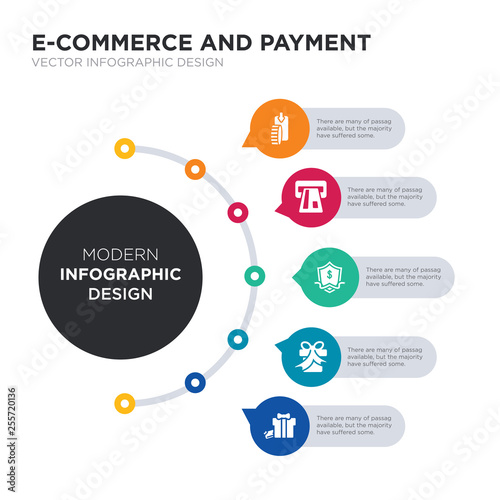Engraved glass awards evoke an unwavering spirit of dedication and excellence. They foster a culture of recognition that goes beyond ordered borders.
Wheel inscription is displayed on a goblet likely made in the 1700s covered with complex Chinese-style concepts. These concepts announced allegiance to the Jacobite cause. This is an exceptional instance of just how imported Asian goods influenced European style patterns.
Beginnings
As glassmaking came to be more advanced, engravers knew that a style included in an item of glass transformed it from functional into desirable. They explore a range of damaging, abrading and reducing strategies.
The most competent engravers created great in-depth job. Anna Roemers Visscher, that was a glass cutter and engraver, was renowned for her fragile blossoms, motivated by the nature books popular in her time.
Engravers also carved fine linework into glass. By the end of the 17th century, engravers had begun to abandon linear clarity in favour of crosshatched chiaroscuro effects. One of the earliest examples is tape-recorded on a jug by a Rotterdam engraver who signed his work with a scribbled freedom and vigour that lifted it above the rest.
Engraving continued to be a popular technique, although it was increasingly eclipsed by cut glass and new techniques such as etching, which was cheaper than engraving. However, economic pressures after c1905, together with declining top quality of cut glass, saw a surge in the appeal of personalized glass, called rock crystal.
Strategies
Glassmakers utilized a range of methods to mark or embellish the surface of a vessel, typically integrating different methods. One technique called stipple inscription, as an example, makes use of a factor of tungsten or ruby to make small dots on the glass surface which create contrasting white lines when light shines via them.
Personalized glass honors are treasured for their beauty and eminence. They show the deep esteem and respect that companies hold for their staff members and cultivate a society of excellence.
The translucency of glass embodies the openness and sincerity of business recognition, encouraging receivers to analyze their accomplishments and assess their journey in the organization. In addition, the capacity of personalized glass to show customized message and images enables the development of highly unique and purposeful honors that evoke the sense of greatness connected with this amazing material.
Designs
From the streamlined lines of business awards to the etched message on glass trophies, engraved crystal is a classy icon of recognition. Whether displayed on someone's workdesk or maintained as a keepsake, these personalized pieces share a sense of status and professionalism that is hard to discover in various other products.
The style of personalized glass has altered with time to show changing preferences and technological breakthroughs. The old technique of copper-wheel inscription has opposed predictions of obsolescence, and new strategies like etching are taking control of where stippling once held sway.
The earliest diamond-point inscription, of the 16th century, is rigid and formal. It gradually came to be much more flexible and pleasing, however could easily deteriorate into over-elaboration. In the 19th century Thomas Webb & Sons introduced "rock crystal" with deep cutting and copper-wheel inscription, which mimicked luxury vessels cut of rock crystal in Europe and the Orient (see Ewer by read more Webb & Sons). The company's principal engravers were Bohemian immigrants Frederick Engelbert Kny and William Fritsche, that signed their collaborate with a monogrammed G.
Meaning
Personalized glass was expensive and searched for. This was since it involved one of the most demanding glass refining strategy and depended on the accuracy and effort of a knowledgeable artisan. The highest point of etching can be found in the 17th century and was quite a part of the Baroque and Rococo durations.
During this time, personalized goblets could be utilized to communicate messages of social standing. They would show family crests and political obligations. They could additionally show off one's preference for the most recent style and design fads.
Today, engraved glass is still a crucial art form. Nevertheless, advances in innovation and laser technology have streamlined the procedure and made it more exact. The resulting intricate styles are both stunning and sturdy. Furthermore, brand-new types of glass have actually been developed to respond far better to lasers. This has increased the possibilities for artists and developers. It additionally reduces the ecological impact of the procedure. As an example, optical crystal is an outstanding selection for engraved awards due to the fact that it is clear and reflects light well.
